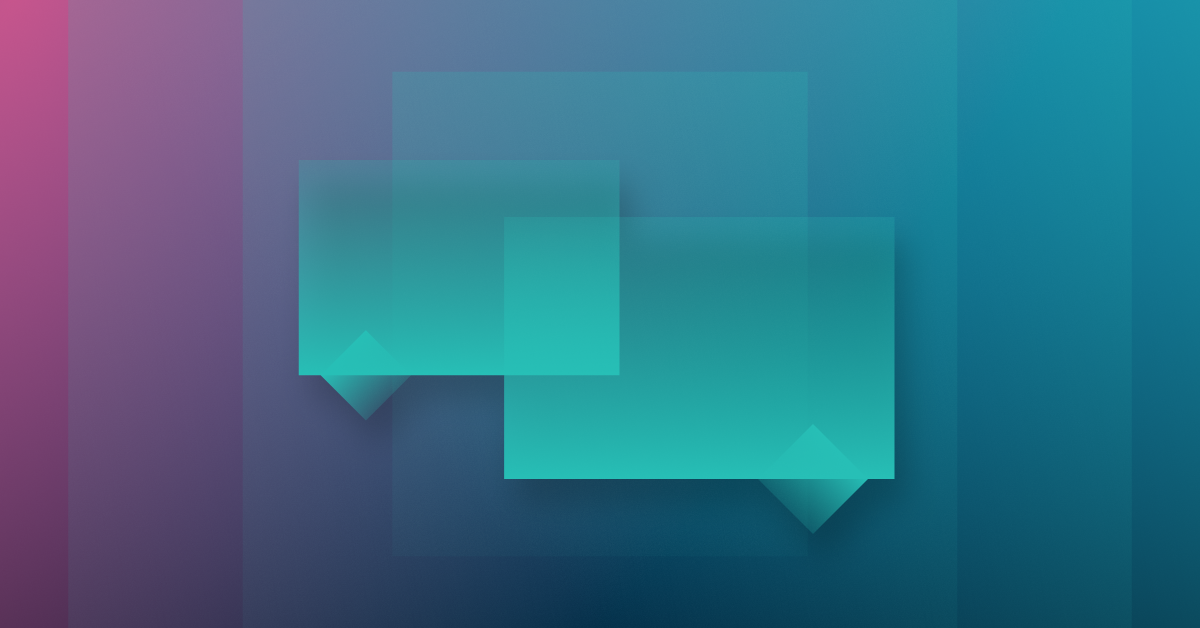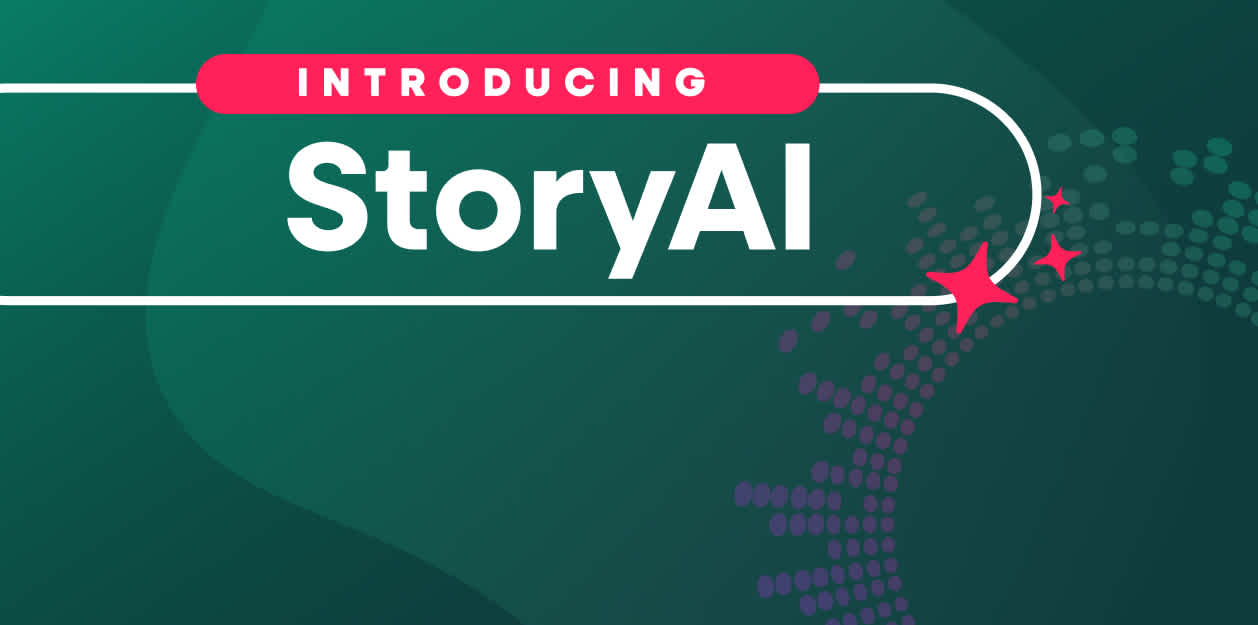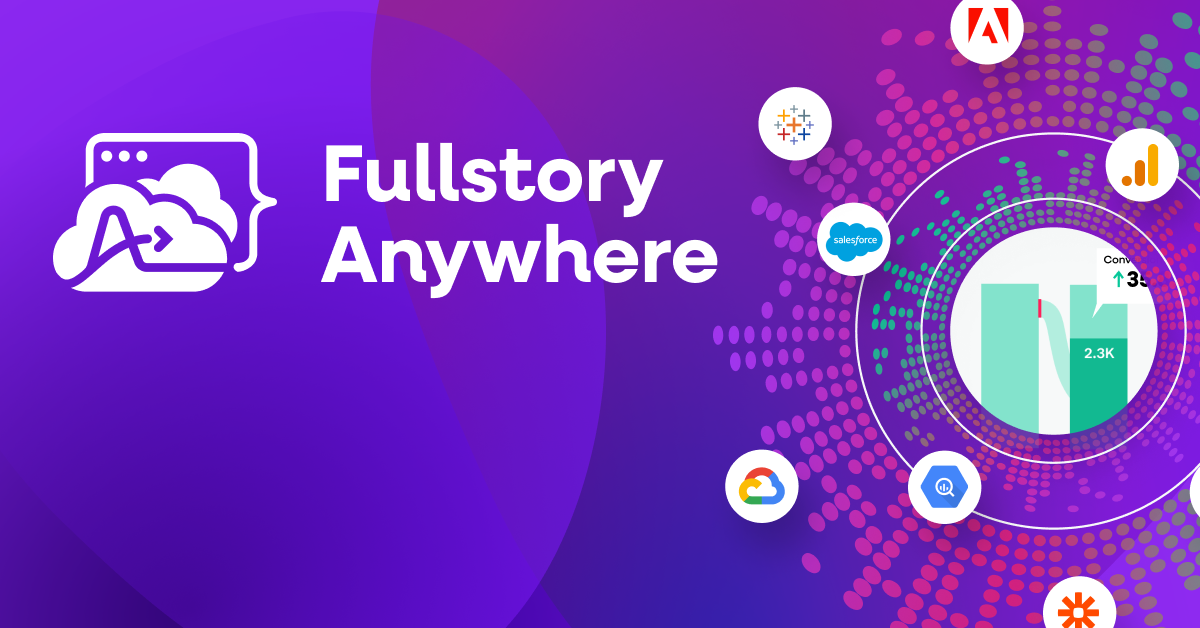If you’ve been on LinkedIn lately (or read literally any business newsletter), you’re probably well aware that the job market is hot, hot, hot. For tech companies, in particular, the competition to attract and retain talent is the fiercest it has been in decades.
And with more transactions being conducted digitally, many savvy companies are hiring product and UX designers to help build better digital experiences.
This means that product designers are in high demand, and they have plenty of options. For those doing the hiring, ensuring long-term employee satisfaction and retention starts with choosing the designer who’s the best fit for the job.
Here are eight product designer interview questions to ask to gain a meaningful understanding of your candidates.
1. What’s an example of a user experience that you think is broken?
A passionate product designer shouldn’t need to hem and haw over this one—if they love user experience, they’ll have an answer at the ready. Have them critique the experience from multiple angles, and then ask them to speculate on how it ended up that way.
2. Can you give an example of something recent that inspired you?
This is essentially the opposite of the above question, and gives the candidate the opportunity to talk about a user experience—or a single element of one—that they find excellent. You can follow up by asking them if and how they took that inspiration back to a project they were working on. Asking candidates to “provide an example of a time when…” is also a great way to gauge their introspection and willingness to talk about when things didn’t go right.
3. What type of work or project do you not enjoy doing?
Talking about what you like to do is easy when you’re interviewing. Talking about things you’d rather not do (while remaining professional)? Well, that’s trickier. Candidates don’t want to seem lazy or overly particular, but it can be telling to hear how someone talks about work that’s less-than-thrilling. It’s unlikely that the outcome of the interview will hinge on this response, but understanding what types of projects a candidate isn’t interested in helps you assess how they might fit into your team.
4. How do you know when you’ve gotten a design right?
Answering this question gives the candidate an opportunity to demonstrate how they analyze and measure user experiences—whether newly launched or on an ongoing basis. Not having an answer to this question is likely a bad sign, as it points to the practice of launching product experiences and never checking in on how they’re being used.
Additionally, this allows the candidate to mention the tools and softwares they use to measure and monitor their designs. This is a good place for you to dig deeper into what kinds of metrics they typically look for and leads you into the next question.
5. Describe a time when you’ve used data to solve a problem.
The ability to demonstrate data-driven decision making is important in any role, but especially product design. Ideally, this question will lead the candidate to talk about a time when they noticed some type of user friction and then proposed a change to make the experience smoother.
For example, a product designer who uses Fullstory might see in their Dashboard that an element on the login page is causing a frustrating user experience. The designer can build a case that this issue should be fixed by combining the qualitative data of Session Replay to provoke user empathy with metrics that quantify how many users are having this frustrating experience.
6. How have you worked closely with software engineers?
Understanding how a candidate views cross-team collaboration is important both from efficiency and cultural standpoints. You can dive deeper into this question by asking them to describe a time when they pushed on engineering constraints to get something done, and conversely, an example of a time when they had to relinquish something they cared about. This helps you understand how the candidate approaches and navigates tradeoffs in the design process.
Read about how engineering teams can leverage Digital Experience Intelligence in this guide.
7. Have them walk you through a key project in their portfolio.
And ask “why” about everything. Asking a candidate to explain why they made every small decision on a project lets you see inside their mind. Were their choices based on data, experience, or gut? Why did the project exist in the first place? What made it important to the business? How did it impact the users? Why did they choose to walk through this project in particular? What lessons did they learn or what would they have done differently? The amount of insight you can gain from this exercise is endless.
8. What’s your dream tech stack?
Every product designer has a different set of tools they like to use, from project management tools such as JIRA to user survey tools such as Qualtrics. But asking your candidate the components of their tech stack can demonstrate their interest in—and capabilities of—pushing the boundaries of their role.
Enter behavioral data platforms like Fullstory. When product designers are familiar or comfortable with using Session Replay as a way of gathering qualitative and quantitative information about real-life users to improve their work, it’s a major force multiplier.
P.S. If you’re interviewing to be a product designer at Fullstory, don’t get too excited at having found this—it’s only a tiny peek behind the curtain. That said, thanks so much for your interest! We look forward to talking with you soon.
Interested in new product opportunities? Check Fullstory's open roles here.



